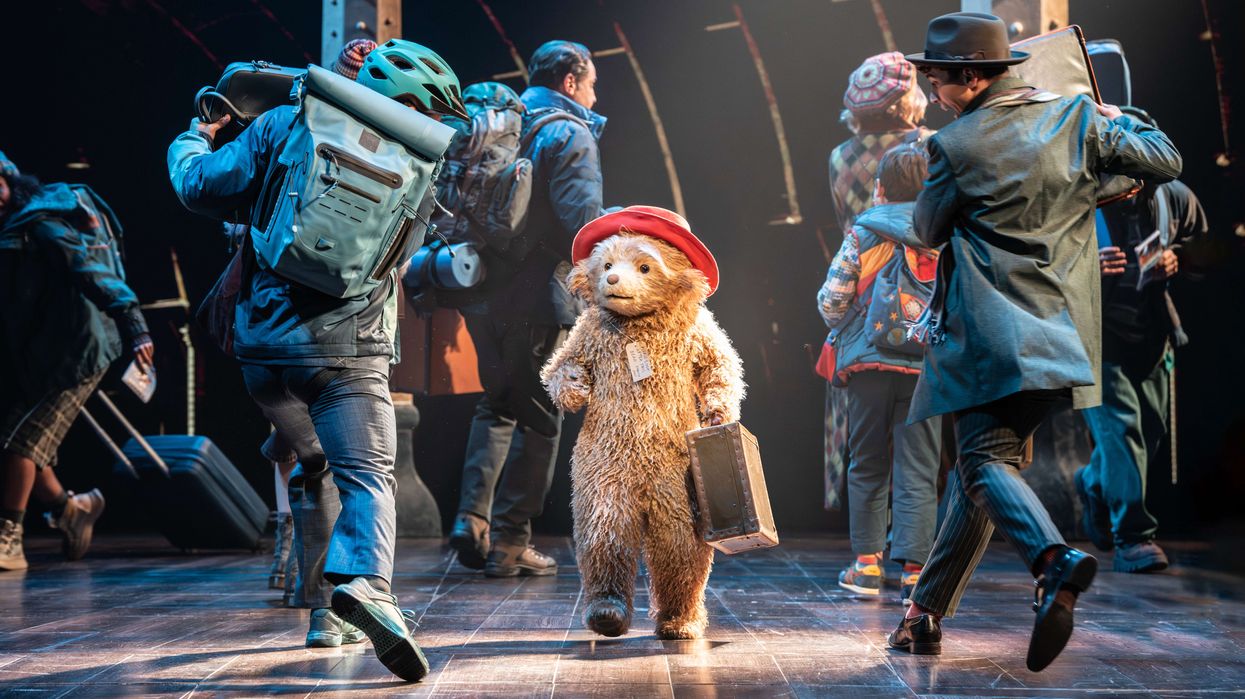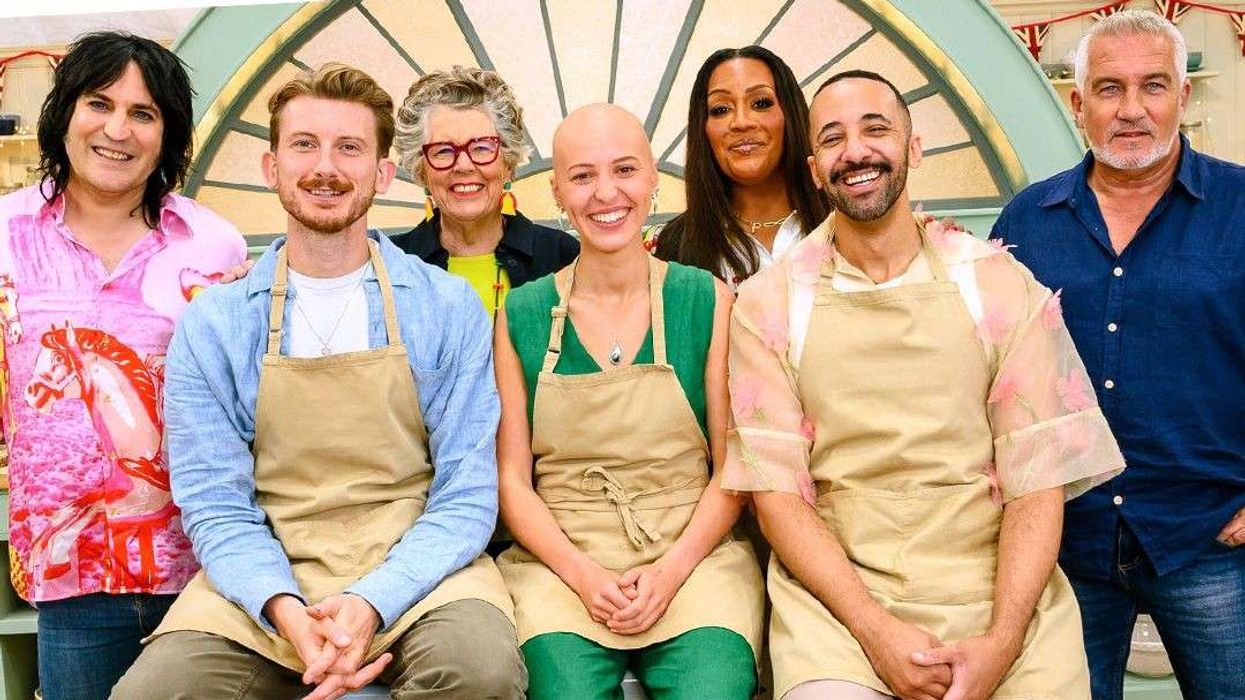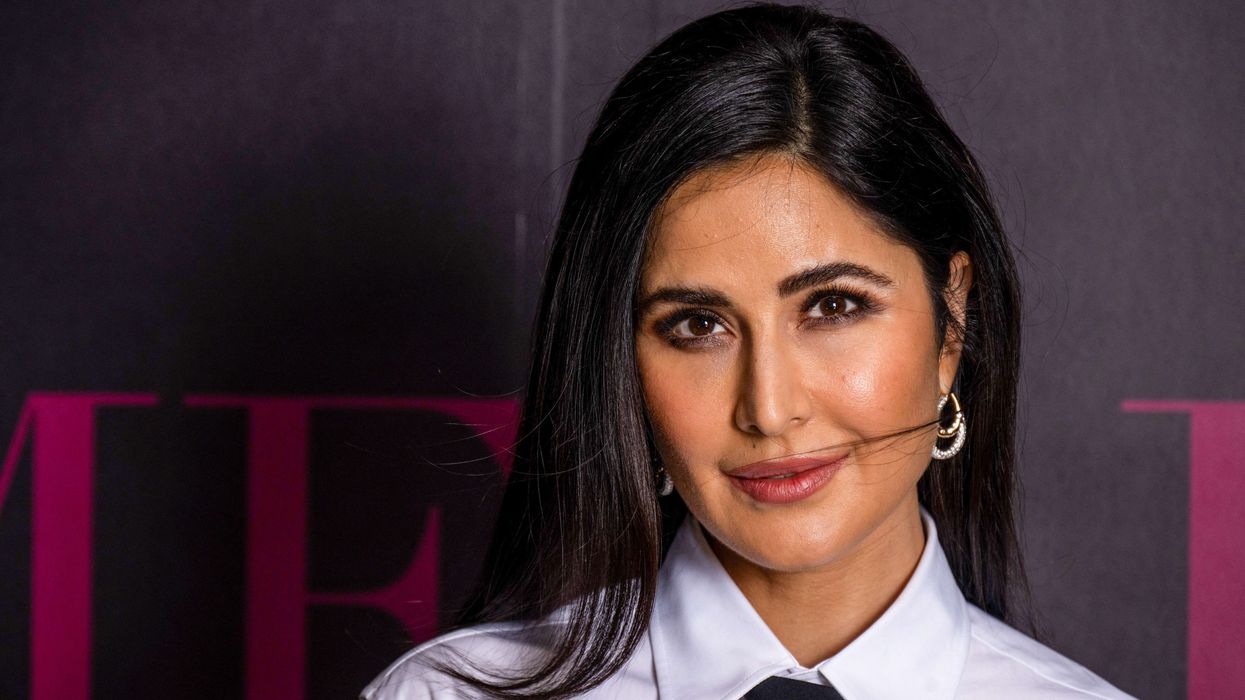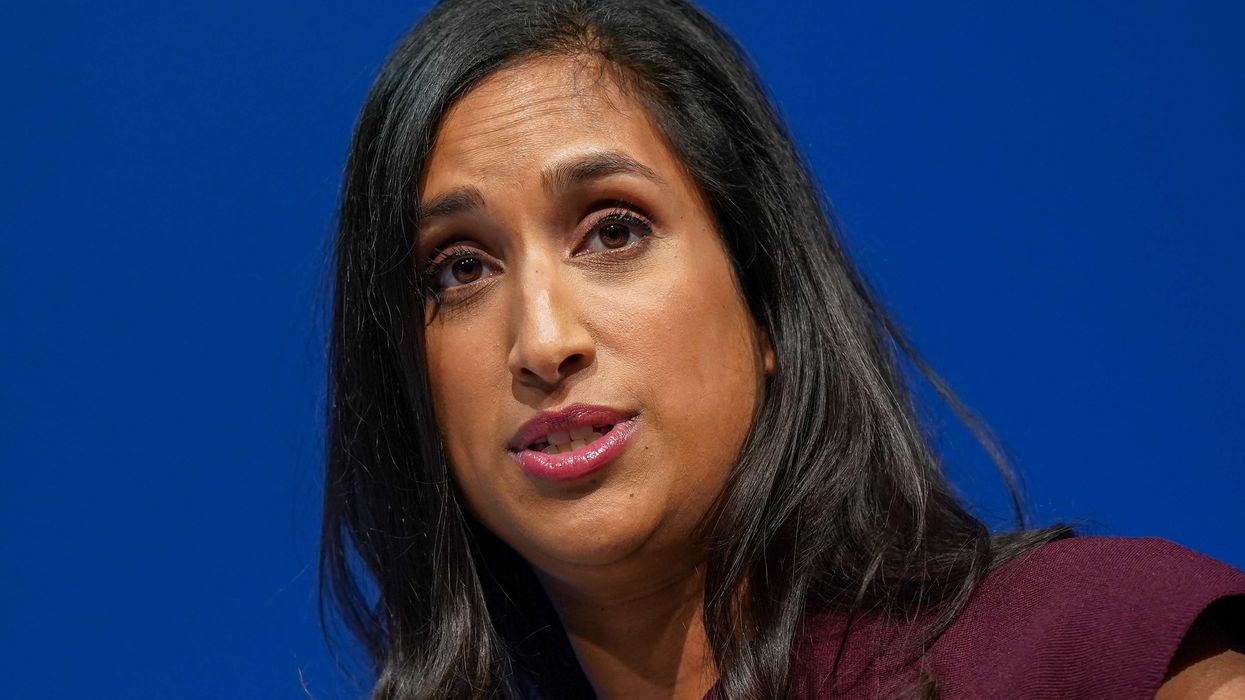A SIKH doctor who died after contracting coronavirus was described as a "hugely respected" father of the emergency team at the Royal Derby Hospital in East Midlands.
Manjeet Singh Riyat, 52, from the University Hospitals of Derby and Burton, was the first Accident and Emergency (A&E) consultant from the Sikh community in the UK.
Colleagues paid tribute on Monday (20), saying he was well loved and would be missed immensely.
"Mr Riyat, known to his colleagues as Manjeet, was a widely respected consultant in emergency medicine nationally," said Gavin Boyle, chief executive of the hospital.
"Manjeet was the first A&E consultant from the Sikh community in the country and was instrumental in building the Emergency Medicine Service in Derbyshire over the past two decades.
“He was an incredibly charming person and well loved. Manjeet knew so many people here across the hospital, we will all miss him immensely."
Riyat qualified from the University of Leicester in 1992 and trained in emergency medicine at Leicester Royal Infirmary and Lincoln County Hospital.
During this time, and prior to the introduction of paramedics in the region, he acted as team leader for the Accident Flying Squads at both hospitals.
Riyat was also one of the first Clinical Research Fellows in the UK and contributed to the birth of academic emergency medicine.
Susie Hewitt, Consultant Emergency Medicine, on behalf of the Emergency Department team at Royal Derby Hospital, said: "Despite his many achievements, Manjeet was most at home as a highly visible shop floor Emergency Medicine Consultant. He was consistently generous with his remarkable clinical knowledge to everyone in the team.
"He had that rare gift of maintaining constant joy in the intellectual challenge of clinical medicine combined with gentle kindness and compassion for his patients. He was a powerful advocate for the sickest patients and was well known for his fair, no-nonsense approach. By contrast, Manjeet could be relied upon to lift the mood with his dry humour and sense of fun."
She described her former colleague as enormously valued and much loved as a colleague, supervisor and mentor as well as for his wise counsel and discreet support in tough times.
"Manjeet was fiercely proud of his wife and two sons and often shared the achievements and exploits of the boys with equal good humour. He always kept sight of what is really important in life and set an example by living life in keeping with his high standards and strong values. He will be hugely missed," she said.
In 2003, Riyat became one of four consultants in emergency medicine at the Derbyshire Royal Infirmary and was the first person from the Sikh community to be appointed as an Emergency Medicine Consultant in the UK.
He became head of service for the Emergency Department in 2006 and made contributions to clinical governance and patient safety.
His NHS Trust said he also played a significant role as part of the consultant body through his appointment as deputy chair and later chair of both the Medical Advisory and Medical Staffing committees.
He was also praised for his commitment to teaching and contribution to medical education.
As Derby College Tutor for Emergency Medicine, he oversaw the training of junior doctors from multiple specialties in the Emergency Department.
He also spent 17 years serving as an educational supervisor to dozens of regional Emergency Medicine trainees and took pride in his work supporting trainees in difficulty for the Deanery.
Riyat was an active Advanced Life Support (ALS), Advanced Paediatric Life Support and Advanced Trauma Life Support instructor and was instrumental in setting up ALS courses in Derby as Course Director.
The Royal College of Emergency Medicine appointed Manjeet as a College Examiner in 2007.
Dr Kathy McLean, Chair of the NHS hospital trust, praised his contribution to the NHS in Derbyshire and across the field of emergency medicine across the UK.
"I had known Manjeet from when he first joined the Trust in the early 2000s and he very quickly made an impact with his focus on patient care and high standards. It was clear that he was an outstanding emergency medicine doctor and generations of families in this region have benefitted from the care he provided," she said.
"Manjeet was hugely popular across the hospital and a warm and embracing figure, a person who many of our staff looked up to. I met him again shortly after returning to the Trust as Chair and was greeted with a big hug. This is a terribly sad day for all of those who had the pleasure to have known him and to have worked alongside him. I want to offer our condolences to all his family and friends at this sad time," she added.




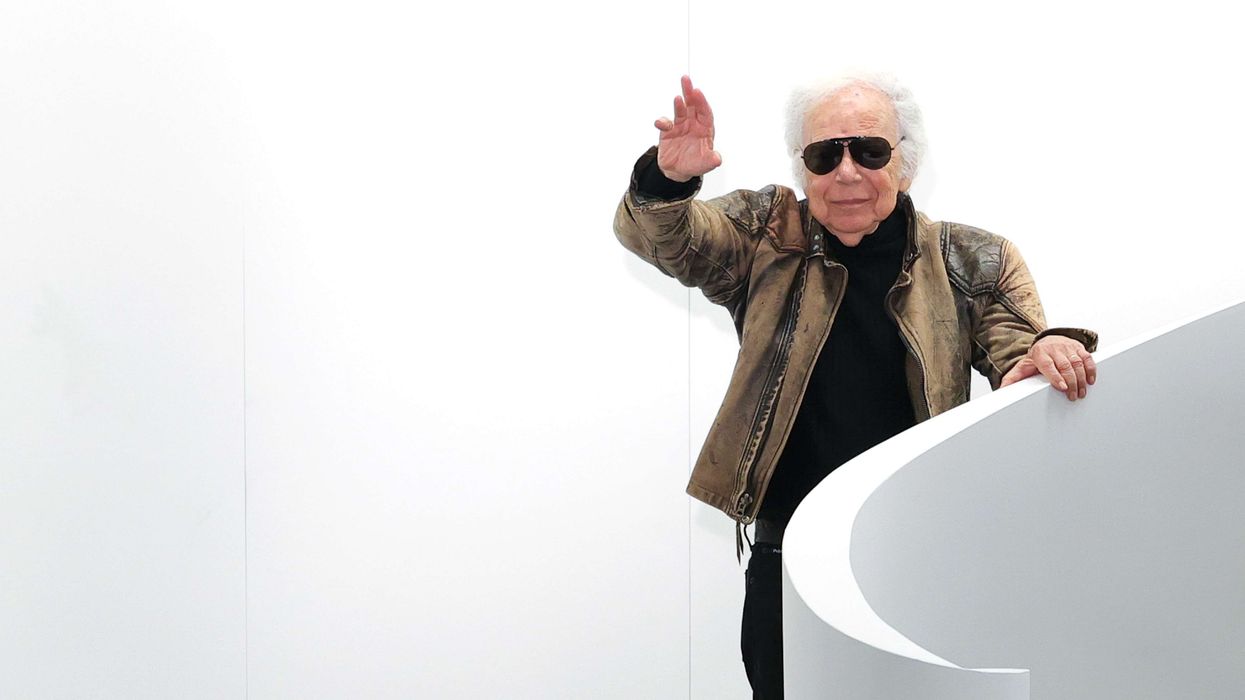
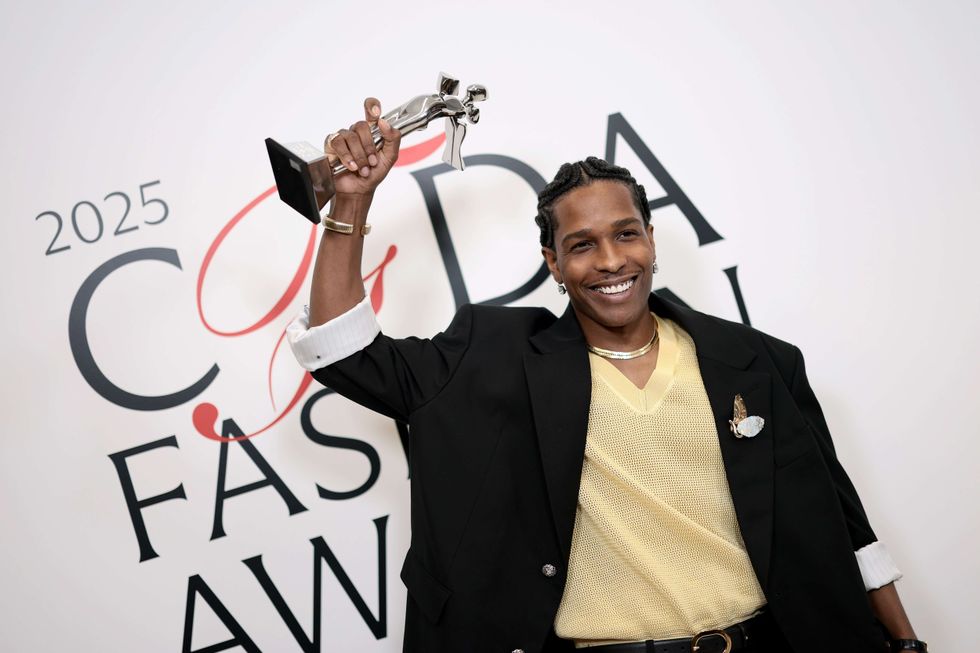 A$AP Rocky received the Fashion Icon AwardGetty Images
A$AP Rocky received the Fashion Icon AwardGetty Images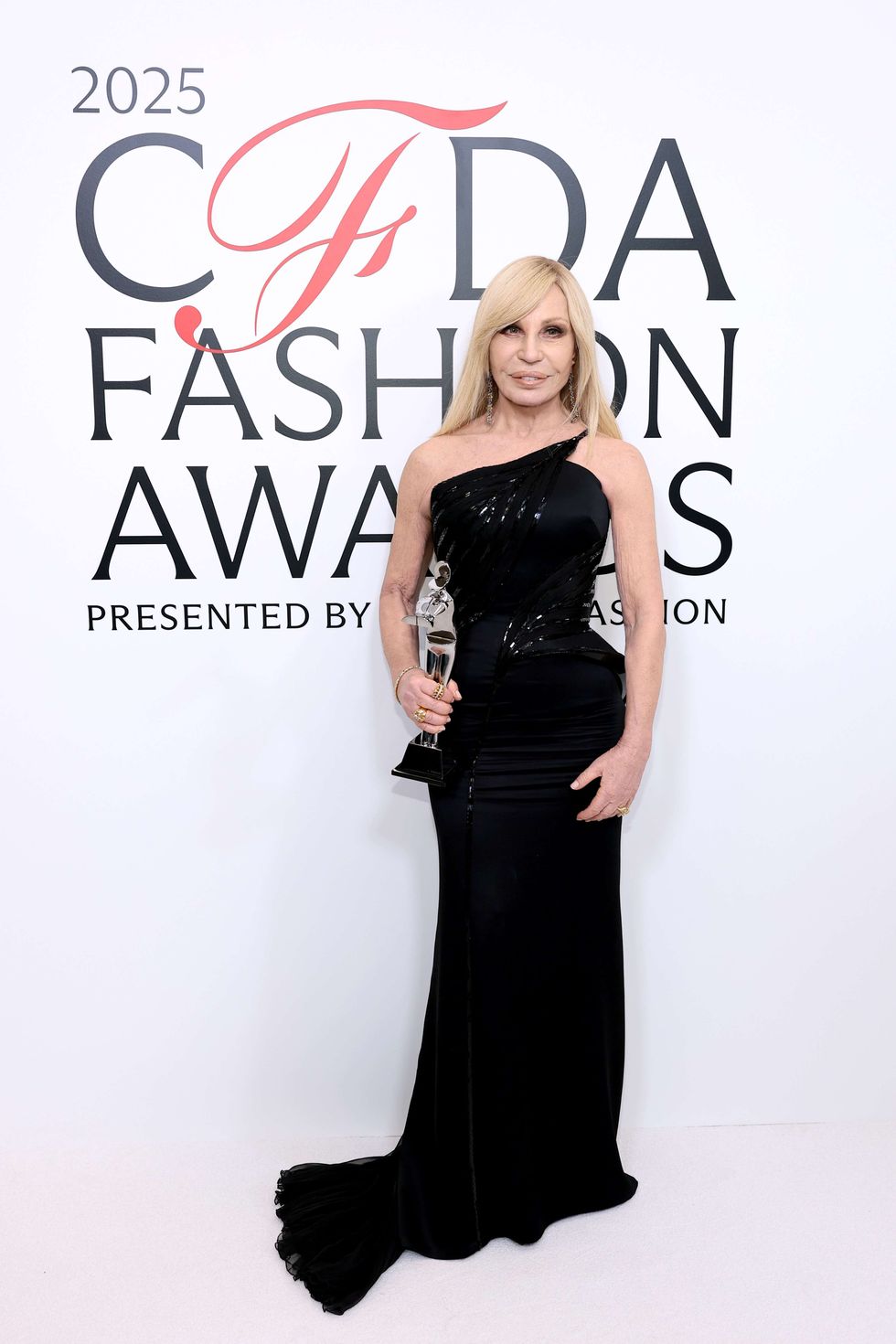 Donatella Versace accepted the Positive Change AwardGetty Images
Donatella Versace accepted the Positive Change AwardGetty Images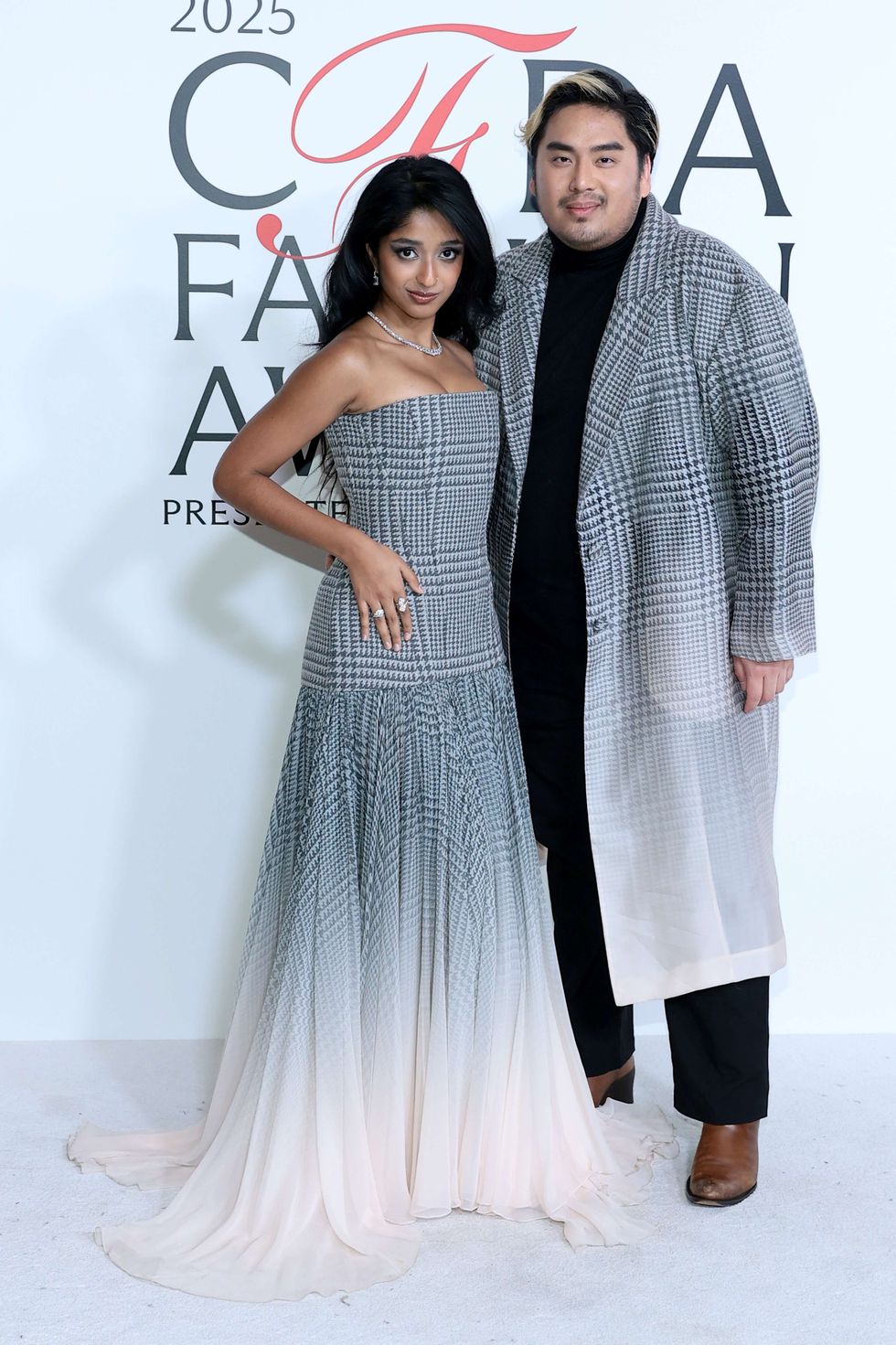 Maitreyi Ramakrishnan and Bach Mai attend the 2025 CFDA AwardsGetty Images
Maitreyi Ramakrishnan and Bach Mai attend the 2025 CFDA AwardsGetty Images
